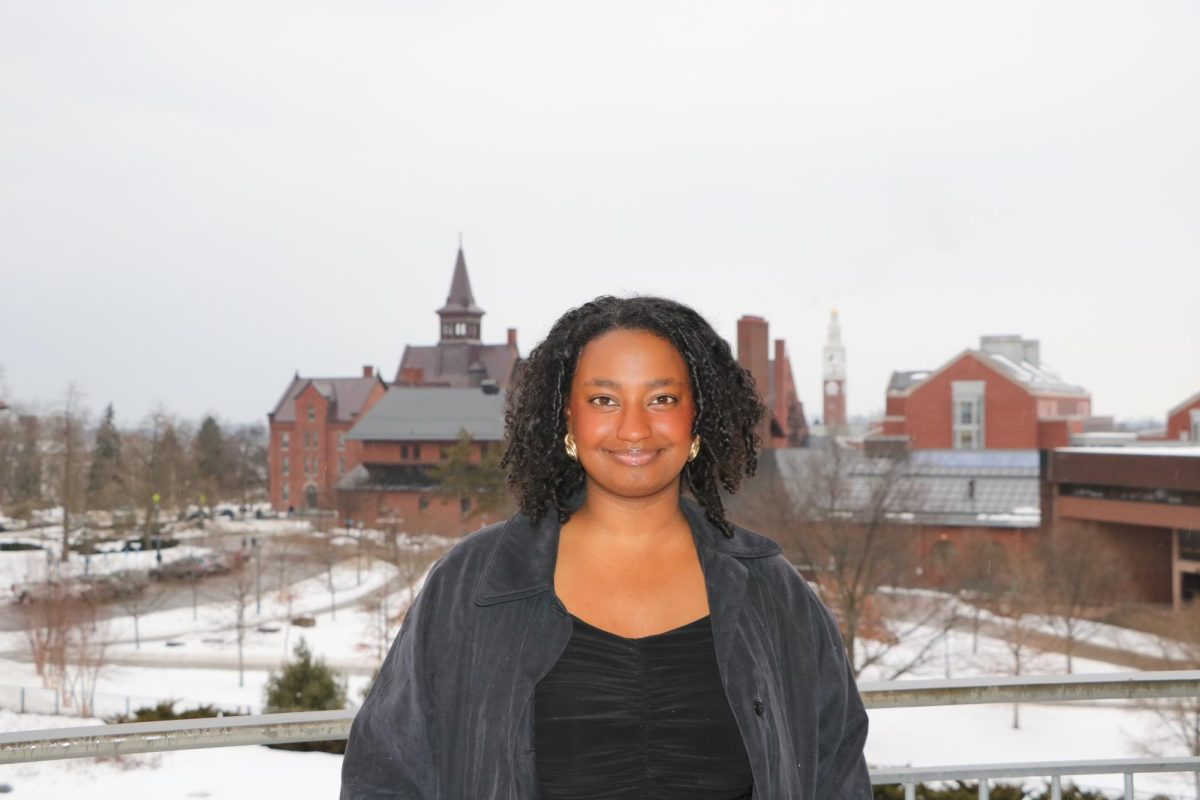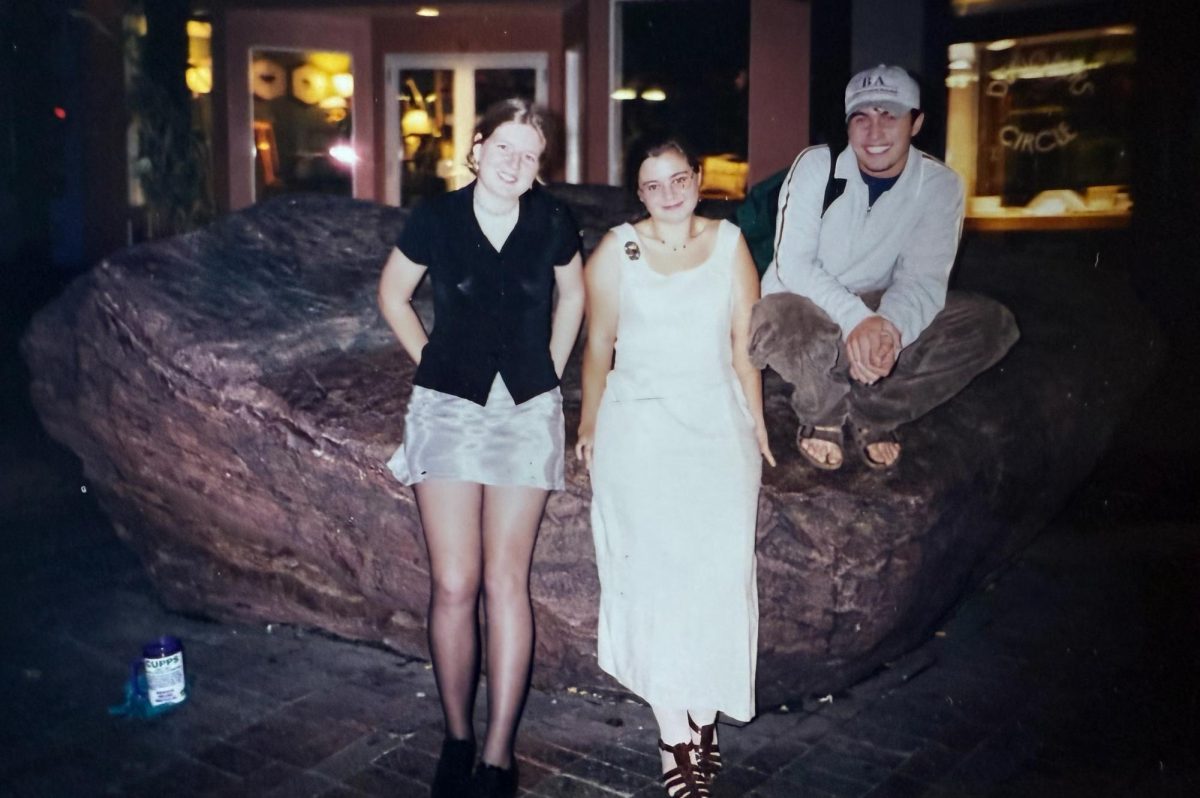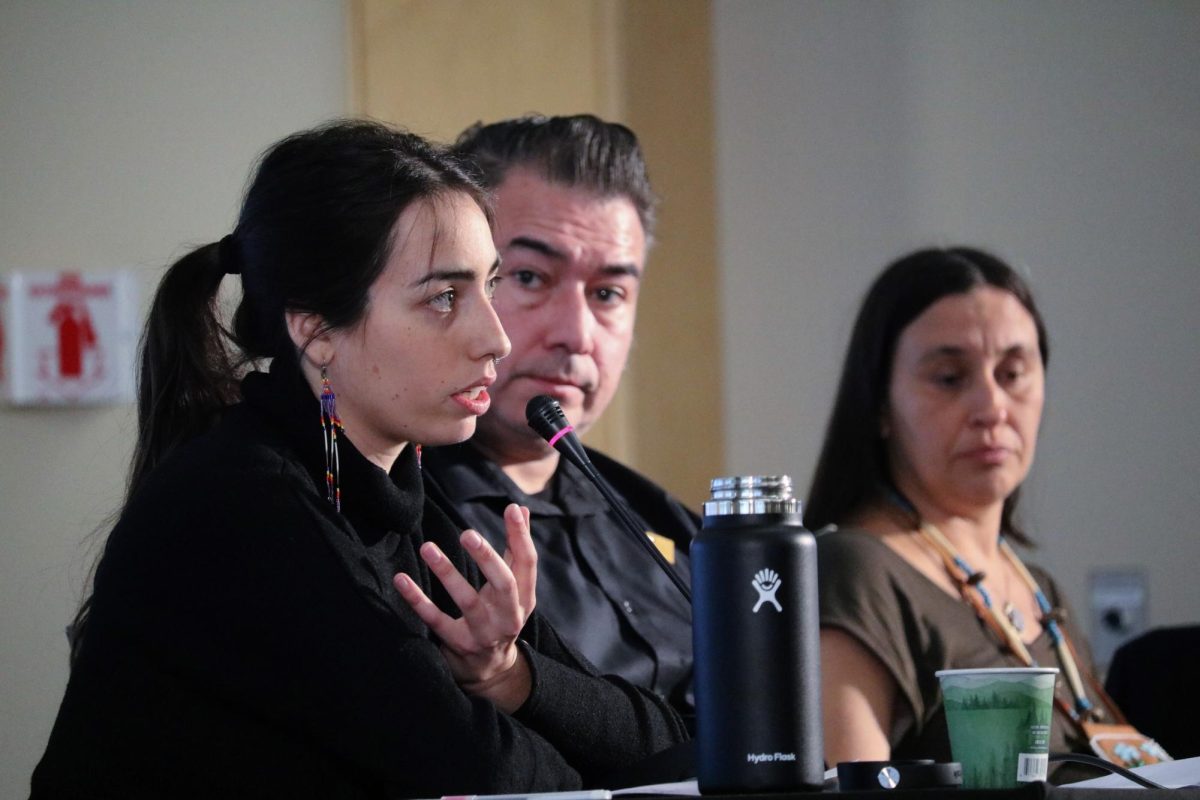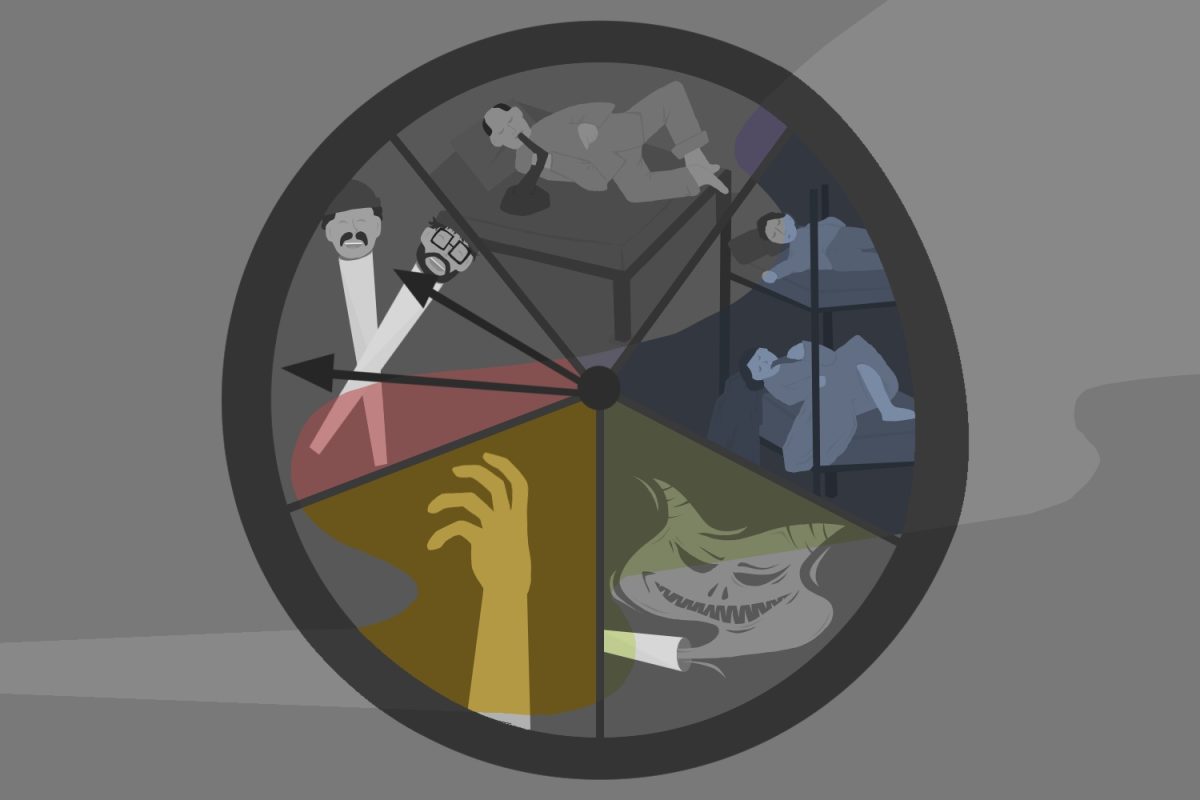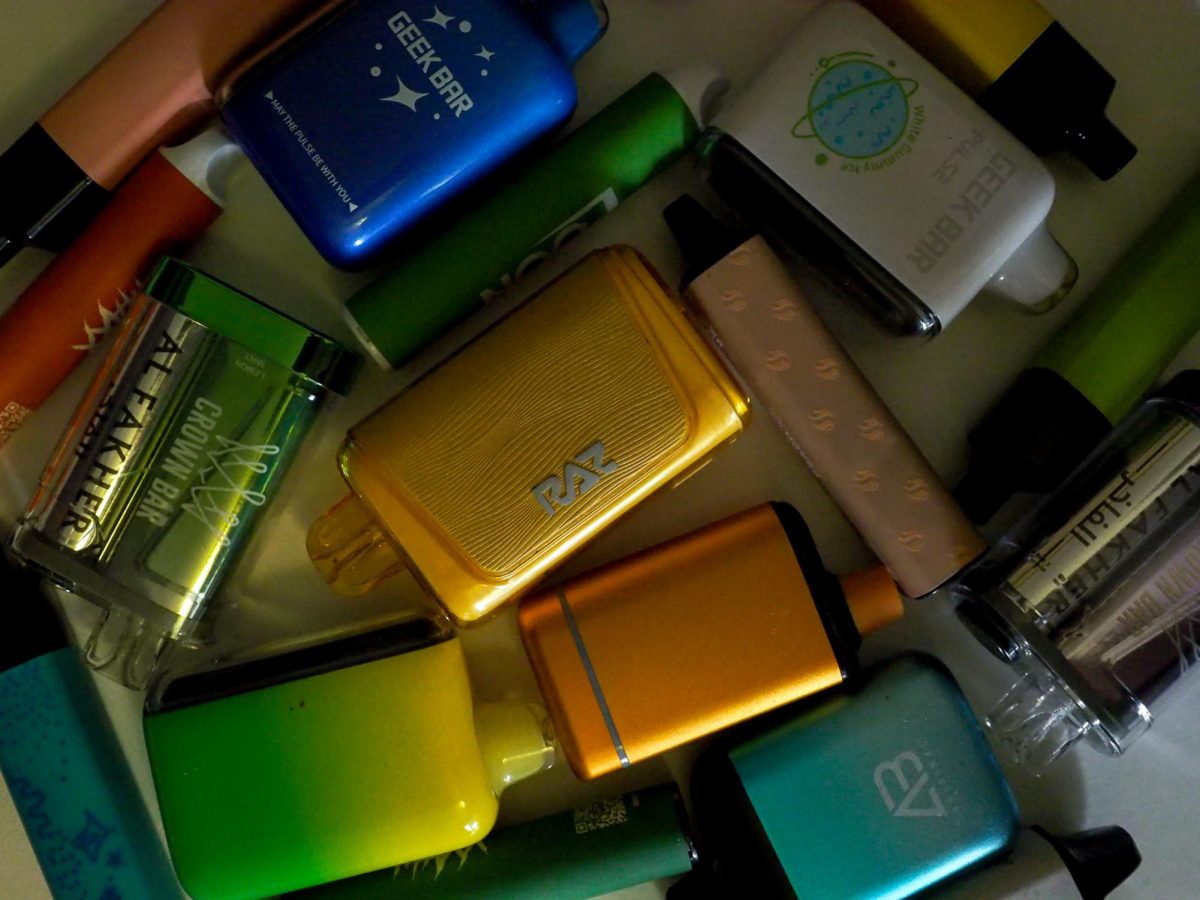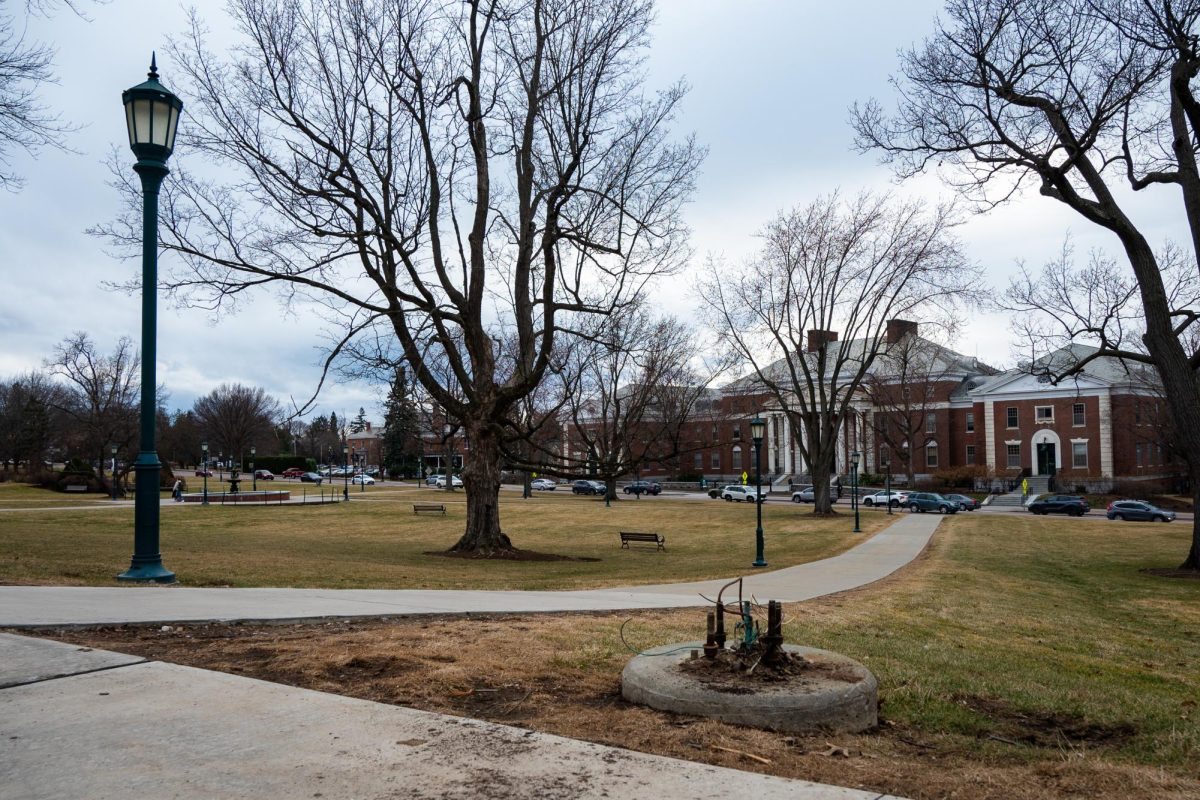In early February, while working in her psychology lab, professor Alexis Brieant visited the Center for Disease Control website to access the database her research relies on. However, to her surprise, the data had seemingly vanished.
Two weeks later, on Feb. 11, the data returned to the website with an added feature: a disclaimer about gender ideology.
“Any information on this page promoting gender ideology is extremely inaccurate and disconnected from the immutable biological reality that there are two sexes, male and female,” the disclaimer stated.
An assistant professor in the psychology department at UVM, Brieant researches developmental psychology, integrating clinical psychology and neuroscience theories.
She is the director of the family, environment, resilience and neurodevelopment lab at UVM, which focuses on the effects of stress and adversity in brain development and mental health outcomes during childhood and adolescence.
Brieant has seen firsthand the impacts of a Jan. 20 executive order signed by President Donald Trump aimed at eliminating diversity, equity and inclusion initiatives titled “Ending Radical and Wasteful Government DEI Programs and Preferencing.”
Brieant’s FERN lab relies heavily on the Youth Risk Behavior Surveillance System, a database compiled by the CDC that gathers information about prevalent health behaviors in adolescents.
“[It is] a national survey that tries to identify the prevalence of different health behaviors that directly contribute to child and teenager mortality and bodily harm,” Brieant said.
The database was likely flagged by the federal government because of two questions in the 86-question Youth Risk Behavior Survey that asked about sexual and gender identity, Brieant said.
Along with the CDC, other national research organizations such as the National Institute of Health and the National Science Foundation are facing major restrictions from the Trump administration.
The National Science Foundation is now on a mission to scrub words such as “women,” “socioeconomic” and “disability” from all research posted online to comply with Trump’s executive orders.
UVM professor Annie Murray-Close is a developmental psychologist whose research focuses on children’s peer relationships and sex differences in socio-emotional development. She was taken aback by the list of words that are being flagged in research proposals, she said.
“I think it is notable that there are words like woman, but not man; Black, but not white,” Murray-Close said.
This list of terms is not the only thing inhibiting how the NIH and the NSF function. The federal government also froze the NIH grant application process by not allowing posts on the Federal Register, a necessary step in the process.
According to NPR, there are currently over 16,000 grant applications at the NIH waiting for the freeze to end.
On Feb. 26, the Trump administration released the hold on grants regarding medical research on diseases like COVID-19 and heart disease, but stated there are no plans for a complete return to grant application reviews.
There has also been a major overhaul within the NIH in regard to grant funding. The ins and outs of institutional grant funding are complex, but cast a wide shadow of implications for university research.
When a project is funded by the NIH, the research organization creates a proposal. This proposal includes a list of all the direct costs of the research including things such as laboratory equipment, staff salary and traveling costs for research.
However, the institution conducting the research, such as a university, has a predetermined contract with the federal government in regard to indirect costs. These include things like the upkeep of the buildings housing the projects, electricity and access to databases and libraries.
Indirect rates are expressed as a percentage of the direct costs. Previously, indirect cost rates were as high as 60%. So, if a project gets approved for $1 million in direct cost funding from the NIH, the institution will be paid an additional $600,000 for indirect costs on top of that $1 million, bringing the total grant to $1.6 million.
On Feb. 7, NIH issued a message on X concerning how changes made by the Trump administration would affect their indirect grant percentages.
The message stated that the new maximum indirect costs percentage is 15% and this change will save the federal government $4 billion annually.
On March 5, federal Judge Angel Kelley presided over a case brought by 22 states regarding the cuts made in NIH indirect funding. Kelley ruled that this drop in rates was in direct violation of the 1946 Administrative Procedure Act, which governs the procedures for government agencies when creating new regulations.
The Trump administration still has the opportunity to appeal this ruling.
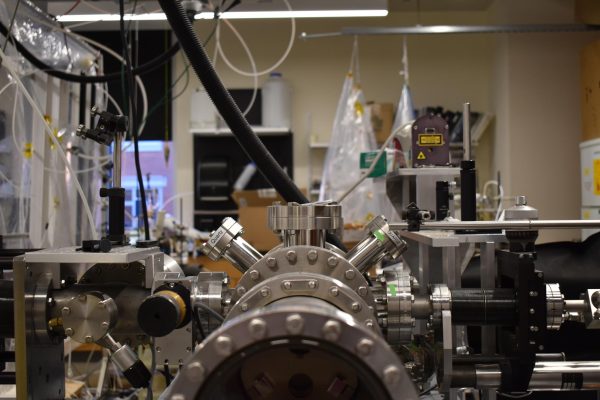
NIH director Francis S. Collins stepped down from his position on March 1 after running the institution for 12 years. In his parting statement, he spoke highly of his colleagues, highlighting that they deserve respect and support from all Americans.
Collins did not give a reason for his retirement and has declined all interviews.
Brieant is concerned with how the changes to the NIH will shift the landscape of universities.
“Universities would be getting much less money to support their research. [These changes] will dramatically change the budgets of universities, what and where they’re able to spend their money [and] will probably result in cuts to staffing and increases in undergraduate tuition,” Brieant said.
UVM has already seen about a dozen grants get terminated, specifically grants that were connected to other institutions, including Columbia University.
“NIH and NSF, they’ve had really great initiatives for increasing diversity in biomedical and science, broadly speaking. I do have colleagues who have mechanisms that are intended to support and increase diversity in the field, and those funding mechanisms might be going away,” Brieant said.
As of March 4, UVM is on a 60-day hiring freeze, intended to ensure the University can adapt to uncertainty surrounding federal funding. During this freeze, no new staff, long-term faculty or postdoctoral positions will be filled.
However, if a position is deemed essential or is related to safety or compliance, an exception may be granted after filing an essential hiring request form with the University.
Murray-Close spoke about her concern for the future of research in the next four years, especially her concern for backpedalling within research focus demographics.
“One of the concerns that I have is that it is pushing us back to a time when we studied only the most privileged people,” she said.
She also mentioned that the possibility of her conducting federally funded research under the current restrictions is low, due to the emphasis her research has on gender differences in children.
Murray-Close noted that she does currently feel supported by the UVM administration, and touched on the importance of how universities respond during this time.
“It’s a true test of schools who have for years been talking about inclusivity,” Murray-Close said. “I think now is the moment where we will see which institutions stand up and uphold those values and which ones fold really quickly under the pressure of the federal government.”
Murray-Close and Brieant both spoke to a sentiment of unity among faculty moving forward.
“There’s a lot of collective energy around maintaining some hope and taking action where we can,” Brieant said. “I’ve been very encouraged talking with my colleagues and our commitment to doing […] the work that we believe is important and know has important implications for developing new interventions and treatments and making kids healthier and happier.”
Murray-Close has trust in UVM’s ability to stand by its commitment to inclusive excellence and continue to support faculty in their research endeavors.
“I’m very hopeful that UVM is going to be one of the institutions that stand up and take a stance, because we have emphasized inclusivity quite a lot, and it’s no longer easy to do that,” Murray-Close said. “If we’re really serious about it, then we need to stand up and continue to do this work.”



